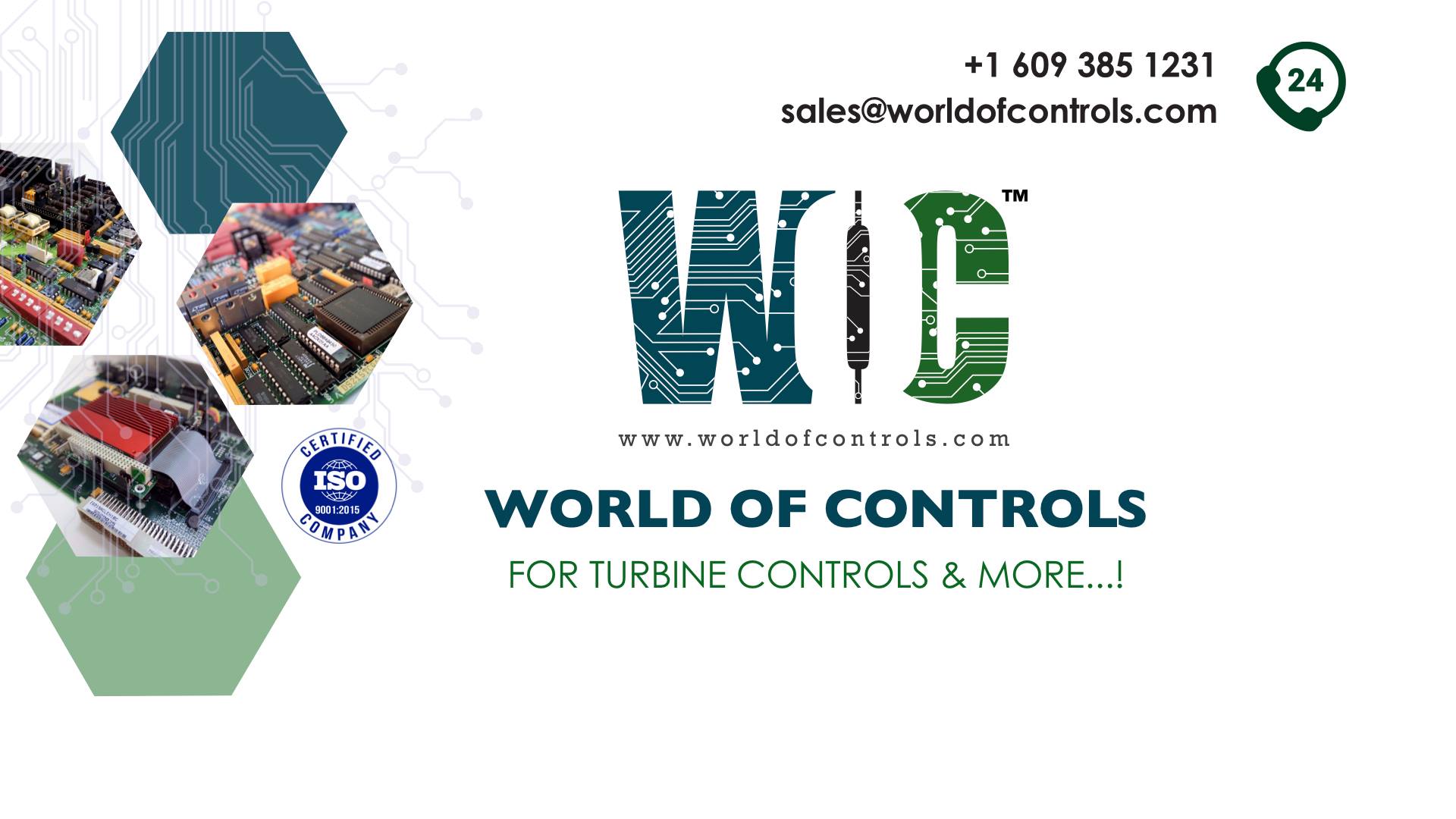.
Features
- In response to the escalating demand for computing power in control systems, a new approach was necessary to maintain low manufacturing costs while enhancing functionality. The solution lay in the careful modularization of the hardware, allowing for a single, versatile control panel to support various turbine types and applications. This strategic design ensures that the Mark IV control panel is both efficient and adaptable, providing a robust solution for diverse operational needs.
- Despite the addition of advanced electronic functions, calculations indicate that the failure rate of the Mark IV control panel is expected to be lower than that of its predecessors. The fault-tolerant design minimizes the likelihood of failures leading to forced outages, with projections suggesting that less than one in ten failures will result in such disruptions. This reliability marks a significant improvement over previous control panels. Additionally, the Mark IV panel features a streamlined interface, incorporating a membrane switch and a CRT display that simplify the front panel while providing operators with enhanced access to critical information.
Availability
- The availability of the GE Speedtronic Mark IV control panel is closely linked to the frequency and duration of turbine outages stemming from control panel hardware or software failures. Both the occurrence and length of these outages are of paramount concern to turbine operators, as they can significantly impact productivity and operational costs.
- The Mark IV control panel addresses these concerns through its fault-tolerant design, which includes online diagnostics, repair, and recovery mechanisms. While there is currently insufficient field data to provide definitive statistics on control panel availability, estimates based on historical performance suggest promising improvements. It is anticipated that the average interval between electronic failures in the control panel will be approximately 50% better than that of earlier models, translating to about 1.5 years between failures. Furthermore, preliminary calculations indicate that roughly one in ten of these failures may lead to a forced outage.
- Given the challenges in gathering conclusive field data at this stage, these figures remain estimates. However, targets have been established to achieve a tenfold enhancement in control panel availability, aiming for a decade between forced outages attributed to electronic issues. Such improvements are expected to provide turbine owners with greater operational assurance and reliability, ultimately contributing to more efficient and cost-effective power generation.
With worldwide supply capabilities, don't hesitate to reach out WOC team for further details and inquiries.
Frequently Asked Questions
Can you explain the concept of fault-tolerant design and how it impacts the control panel's reliability?
Fault-tolerant design means that the control panel can continue functioning even in the presence of hardware or software failures. The Mark IV Control Panel's fault-tolerant design significantly reduces the likelihood of a forced outage, with less than one in ten failures leading to such an event.
How does the Mark IV Control Panel contribute to improved control availability for turbine owners?
Control availability is closely tied to the frequency and duration of turbine forced outages caused by control panel issues. The Mark IV Control Panel employs fault-tolerant design, real-time diagnostics, repair capabilities, and recovery mechanisms to reduce these outages. However, concrete statistics on control availability are still evolving.
What is the expected average time between electronic failures within the Control Panel, and how does it compare to previous control panels?
It is expected to have an average time between electronic failures that is approximately 50% better than earlier control panels. Only about one in ten of these electronic failures is estimated to lead to a forced outage.
